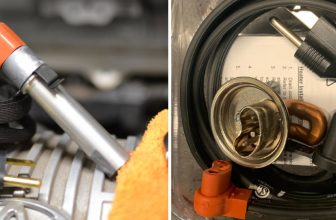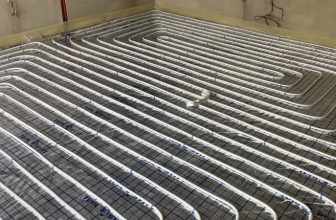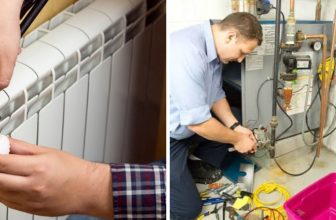How to Fix Backdrafting Water Heater
Are you having problems with your water heater’s backdrafting? If so, then you’re not alone. Millions of homes experience the same issue, but luckily it is something that can be repaired relatively easily and quickly. In this blog post, we’ll explore a few different strategies to help fix your backdrafting water heater and make sure it lasts for years to come.
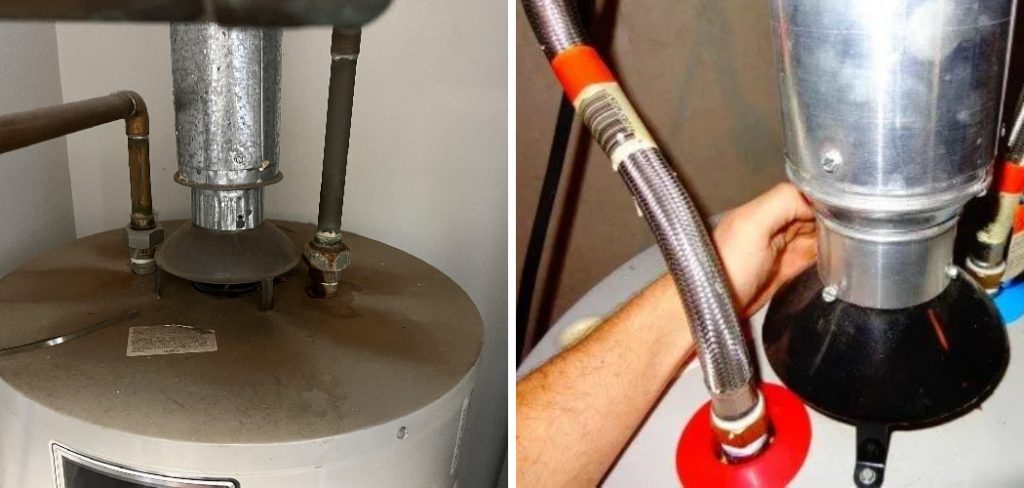
Keep reading to learn more about how to fix backdrafting water heater and what you should do if your hot water heater has been affected by backdrafting. Backdrafting from a water heater is not only an annoyance, but it can also present dangerous health and safety risks to you and your family. If left untreated, backdrafting can lead to carbon monoxide buildup in the home or even flue fires.
Fortunately, there are ways you can go about fixing this problem. In this blog post we’ll discuss the causes of backdrafts in water heaters and how they can be fixed through various methods available. We’ll explain the importance of hiring a certified technician if repair options fail, examine ventilation techniques that may alleviate backdrafting altogether, outline current guidelines for vent installation requirements, and so much more!
What Causes Problems in Backdrafting Water Heater?
There are many factors that can cause problems in a backdrafting water heater. Such as:
1. Improper Installation
One of the most common causes of back-drafting is incorrect installation. If the exhaust flue pipe and combustion air supply are not properly connected or blocked, it can cause the water heater to draw in the outside exhaust and create a backdraft problem.
2. Poor Ventilation
Poor ventilation can also cause problems with your water heater’s performance. If the room where the water heater is located does not have enough ventilation, it can cause the appliance to work harder and potentially overheat. This can lead to back-drafting problems as well.
3. Burner Issues
If the burner on your water heater is not functioning properly, it can also cause back drafting issues. If the burner is not producing enough heat, it can cause air to be drawn in from outside the home and create an unsafe backdrafting situation.
12 Tips On How to Fix Backdrafting Water Heater
Fortunately, there are steps you can take to fix backdrafting water heater problems. Before attempting any of the solutions below, make sure that all safety precautions are taken and that the gas supply is shut off at the service panel.
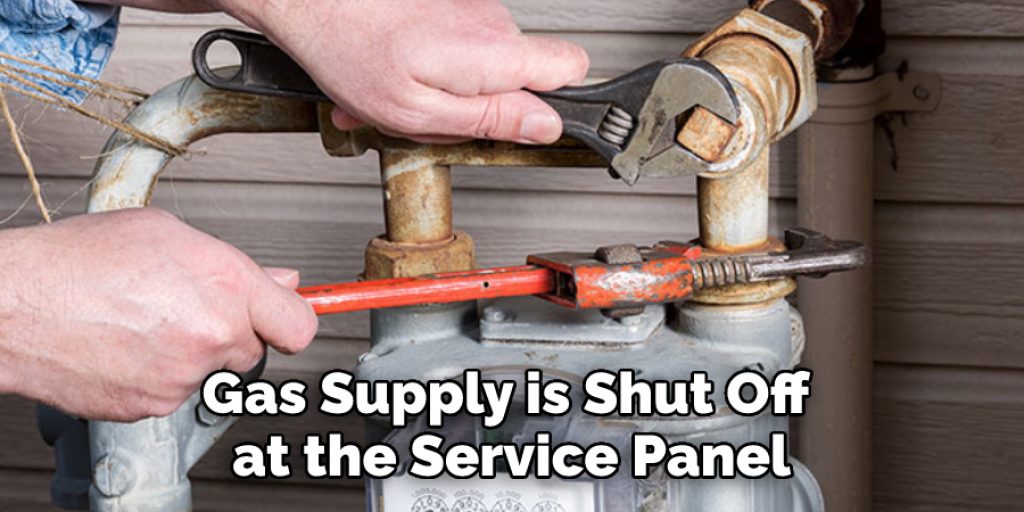
1. Check the Exhaust Flue Pipe and Combustion Air Supply
The first step is to check the exhaust flue pipe and combustion air supply to make sure they are properly connected and free of blockages. If any connections or obstructions are present, they should be corrected immediately.
2. Increase Ventilation in the Space
Increasing ventilation can also help to mitigate backdrafting issues. Opening a window, door, or installing an exhaust fan can allow more air to enter the space and reduce pressure on the water heater vent system.
3. Install a Mechanical Draft Booster
A mechanical draft booster is an effective way to increase airflow through the water heater vent system. This device is installed at the top of the water heater and helps to expel combustion gases more efficiently.
4. Check Exhaust Flue Pipe Pitch
The pitch of the exhaust flue pipe should be checked to make sure it has a downward slope that is no less than a one-quarter inch per foot. It should be corrected if the pipe has a flat or positive slope.
5. Upgrade to Sealed Combustion Water Heater
If the current water heater has an atmospheric combustion system, upgrading to a sealed combustion model can help reduce back-drafting issues. This type of water heater does not require venting and draws in air from outside the space for combustion.
6. Reduce Demand for Hot Water
Reducing the demand for hot water can help to reduce back drafting issues. Installing a low-flow showerhead and fixing any leaks in the system can help to decrease the amount of hot water used and reduce pressure on the water heater exhaust system.

7. Adjust Temperature Control Setting
The temperature control setting on the water heater should be adjusted to the low or medium settings. This can help reduce backdrafting issues as it will lower the temperature of the hot water and decrease demand for hot water.
8. Reduce Backpressure on System
Backpressure can contribute to backdrafting problems, so reducing the amount of backpressure on the system is important. This can be accomplished by reducing the number of vent pipes connected to the water heater and making sure all connections are properly sealed.
9. Strengthen Vent Connections
If the vent connection to the exhaust flue pipe is loose, it should be tightened up with a wrench. It is also important to check the vent connector for any holes or gaps that could be allowing air into the system.
10. Clean the Exhaust Flue Pipe
The exhaust flue pipe should be inspected and cleaned periodically to make sure it is free of blockages and debris. A stiff brush can be used to remove any buildup from the inside of the pipe.
11. Replace the Exhaust Flue Pipe
If the exhaust flue pipe is damaged or corroded, it should be replaced with a new one that meets local building codes and safety standards. Make sure to check the size and type of pipe before purchasing a replacement.
12. Install a Back Draft Damper
Finally, installing a back draft damper can help to prevent hot air from entering the space and reduce backdrafting issues. This device is installed at the top of the water heater vent system and helps to regulate air flow.
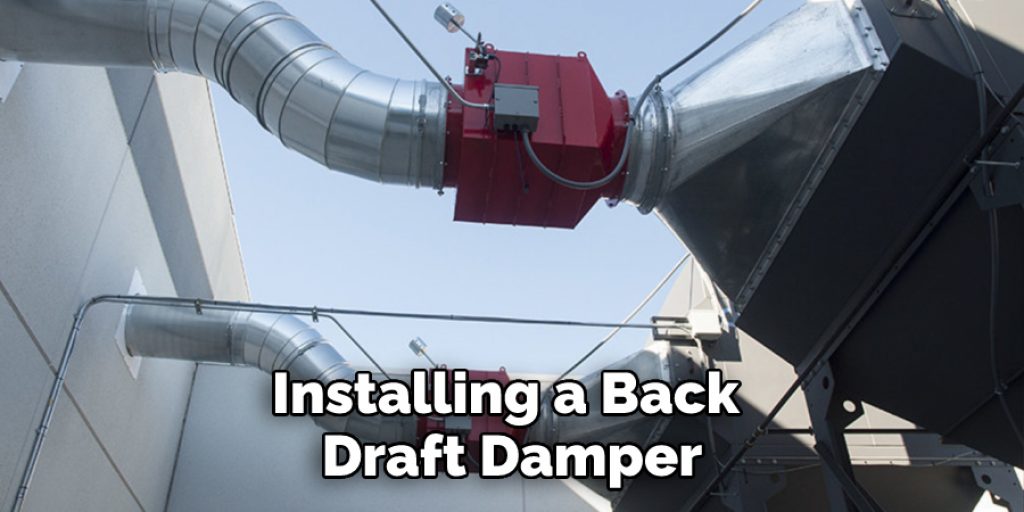
Following these steps can help to reduce or eliminate backdrafting issues with a water heater. It is important to note that some of these steps may require professional assistance, so be sure to check local codes and regulations before attempting any repairs or upgrades.
By taking the time to troubleshoot and address back drafting problems, homeowners can ensure their water heater is safe and operating efficiently. Taking the steps necessary to fix backdrafting issues can help ensure a reliable source of hot water in any home.
Frequently Asked Questions
What Precautions Should I Take Before Fixing a Backdrafting Water Heater?
Before attempting to fix a backdrafting water heater, it is important to ensure that safety precautions are taken. First, make sure the power supply to the water heater is turned off and the water tank drained completely.
It is also recommended to wear protective gear such as gloves, a respirator, and protective eyewear when handling the water heater. Additionally, avoiding any open flame or spark-producing device near the water heater while working on it is important.
What Causes a Water Heater to Backdraft?
Backdrafting occurs when the air pressure inside the flue of a water heater is lower than outside atmospheric pressure. This can be caused by an inadequate flue size, a blocked flue or chimney, negative pressure in the home due to exhaust fans, or a lack of sufficient air supply for combustion.
What Are The Steps to Fixing a Backdrafting Water Heater?
To fix a backdrafting water heater, it is important first to identify what is causing it. If the flue size is inadequate, it should be replaced with one that meets current codes and standards. If the flue or chimney is blocked, it should be cleared of any obstructions and properly maintained for safe operation. Additionally, any exhaust fans in the home should be balanced with an adequate supply of fresh air to the water heater.
Lastly, it is important to remember that proper maintenance and inspection of a water heater is essential to ensure its safety and efficiency.
Can I Test for a Backdrafting Water Heater Myself?
Yes, there are a few tests you can do to check if your water heater is backdrafting. One method involves placing a lit candle or incense near the water heater’s flue and observing whether the flame is being drawn inward or outward.

If the flame is pulled inward, this is a sign of back drafting. Alternatively, you can close off all windows and doors in the home and observe if the pressure inside the house drops when the water heater is ignited; if it does, this indicates a back-drafting issue.
Conclusion
Now you know how to fix backdrafting water heater. It is important to take the necessary safety precautions when handling a water heater and to inspect and maintain it for efficient operation properly. Additionally, if back drafting issues occur, they should be addressed promptly in order to ensure the safe operation of the appliance. With this information in mind, you can help ensure your water heater operates safely and efficiently at all times.
In conclusion, back-drafting water heaters can be fixed by checking the flue pipe is clear, adjusting the room pressure, and ensuring enough ventilation in the area. If none of these options work, you may need to purchase a chimney liner or even a special exhaust fan specifically designed for hot gases.
Some useful state and federal grants can help with the cost of some of these solutions. Though not all home improvement projects come pre-packaged with an easy fix, repairing your backdrafting water heater should no longer be daunting.


